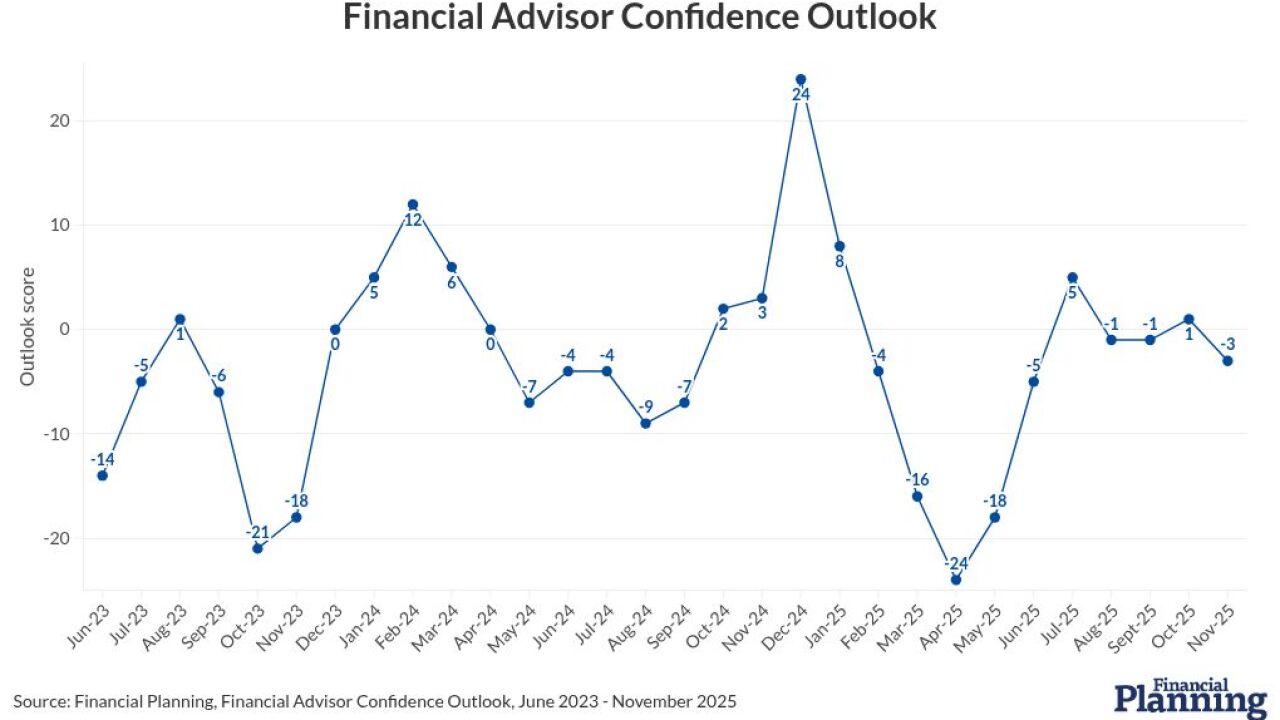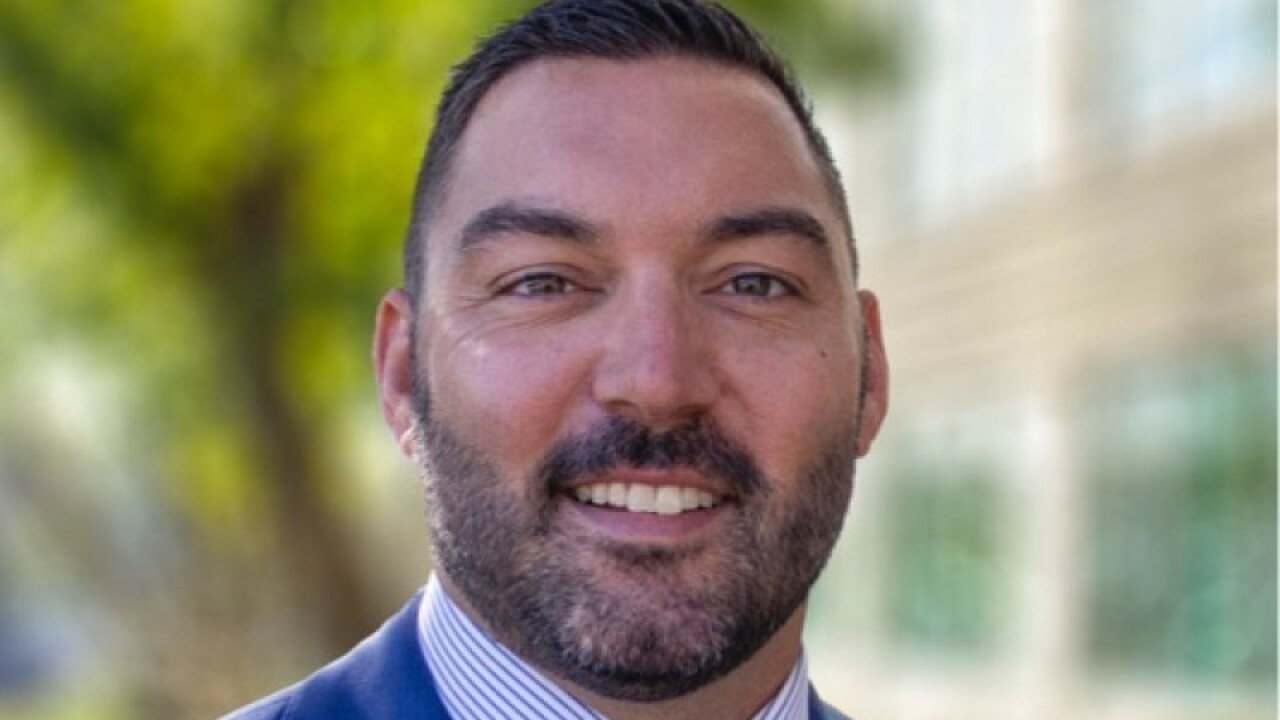Bidding for peer-to-peer loans has hit its most competitive stage as fast-money investors, retail investors and now small banks scour online marketplaces for the strongest and highest-yielding credits.
Real estate lender RealtyMogul, which offers mortgages online through crowd-funded capital, is selling whole loans to banks at 3%-4%, a fraction of the 12% rate range investors expect and demand, according to Chief Executive Jilliene Helman.
"Real estate loans have the potential to grow faster than consumer and small-business peer lending," she said Tuesday in New York at the P2P Lending+Investing conference hosted by SourceMedia, the parent company of American Banker. "As banks get involved, they can hold the collateral for a strong investment."
Capital One Financial, BMC Bancshares in Dallas and Congressional Bank in Bethesda, Md., are among those banks with agreements to refer customers or purchase outright whole loans made by online-marketplace operators, including the largest consumer and small-business lenders, Prosper Marketplace and LendingClub. Each of the banks saw an opportunity to diversify their balance sheets by buying peer-funded loans.
The banks' interest is yet another sign that peer funding is gaining institutional traction, but with only $5 billion originated from Prosper and LendingClub, as Standard & Poor's estimated in March, there are a limited number of the high-quality assets that banks will now have to fight investors to acquire.
"As a bank," said Jonathan Morris, president of the $78 million-asset BMC, "there are only a few asset classes we are allowed to own. This is one. The other option is government bonds - not really exciting. As the rate curve goes back to traditional norms, hedge funds have tons of options, but banks are in the loan world."
Partnerships therefore make a lot of sense, according to Renaud Laplanche, founder and CEO of LendingClub. "Bank participation with peer lenders combines low operation costs of marketplaces with low costs of capital at banks," Laplanche said.
That pitch sounds attractive to bankers like Michael Crawford, a senior manager at Fifth Third Bancorp. Crawford, a millennial banker who is also saddled with college debt, said he saw few bank options that offered what he would consider to be a reasonable rate. That is why he is a customer of Social Finance, based in San Francisco. SoFi in July sold $250 million in bonds linked to education loans
SoFi quoted Crawford a rate of 4.5% to refinance his student loans. The only two banks willing to refinance his debt were at the time Wells Fargo and Citigroup, and both offered rates in a 9% range. "It was ridiculous," he said.
As a borrower, Crawford is onboard with peer to peer, but as a banker, he still has several concerns. "We have to see how the business model holds up in not so good times. Servicing under defaults - how does that happen?"
The question of what happens in a down cycle has no definitive answer. The peer-to-peer industry has not yet weathered a full credit cycle - a concern the most conservative credit rating agencies repeat like a mantra. Bank executives at Capital One, BMC and the $456 million-asset Congressional argue that if investors flee and a platform were to collapse, a backup servicer would be able to immediately fill the servicing role.
It is also unclear which type of lender is more risk-tolerant in a downturn, and whether banks or peer funders would be first to constrict credit to borrowers.
"The problem will be with that borrower," said Ravi Subbaraya, a senior vice president at TD Bank. "A super-prime borrower who drops in credit score for a banker is only going to drop even more for peer lenders down the credit line. At that point your investor flees.
"Peer lending is like equity investing. In bad times, you won't get your money back."
LendingClub's head of small business lending, Sid Jajodia, made a point on Monday evening to assuage banks' fears that peer lenders are out to replace traditional lending. Most smaller banks are simply too small and they do not have the ability to innovate that quickly, he said. "These banks for a fee can use our platform. We are not trying to wipe them out. We are looking for partners."
Prosper, the second-largest peer lender by volume, originated $172 million in loans in September, an explosion from the $9 million it originated a year earlier. "We are going to need a bigger boat because this thing is bigger than we thought," said Ron Suber, Prosper's president.
The International Organization of Securities Commissions estimated in June that peer-funded originations could hit $70 billion in just five years. It is that kind of rapid growth that is also raising fears.
Subprime mortgage veteran Bill Dallas, CEO of NewLeaf Lending in Calabasas, Calif., for example, knows lending risks all too well. His previous two subprime ventures did not pull through the last crisis. Dallas is actively campaigning against peer lending, which he sees as both a threat to his business and a threat to financial stability.
Dallas, who in a recent telephone interview went so far as to call peer lending "predatory," may best embody the type of banker who has reservations over peer originated loans.
"It isn't even really peer to peer anymore. It is peer-to-nonbank hedge fund, and banks will have trouble with this product because it is well below [the] FICO mandate. Essentially, these are like a
There is almost no consensus as to who the primary regulator is for the peer-lending industry, said Brian Korn, an attorney at Pepper Hamilton LLP. Peer lenders are cross-jurisdictional and the regulatory environment is fragmented, he said.
As the investment world pushes the nascent industry into a more mainstream asset class, more regulators are
The networks are becoming interconnected in their growth, and they are part of a burgeoning shadow-banking industry that even Citigroup CEO Michael Corbat
"We are seeing more passive investors for the first time," Suber said. "At first, investors wanted to do arbitrage. Today, we are seeing more retail and institutional money both coming in for exposure and diversification. ... Looking at the industry today, we are leveraging loans now and are looking to securitize them."
Jonathan Barlow, president of the $213 million-asset Eaglewood Capital Management, which a year ago was the
"Investors are going to have a lot more options pretty soon," he said.
Blue Elephant Capital Management will in the next several months try to privately place a deal three times larger than Eaglewood's October issuance and consisting of Prosper collateral, managing partner Brian Weinstein said in an interview with American Banker. They are still looking for a deal manager.
In September, CircleBack Funding announced a partnership with Jefferies LLC to bundle and sell up to $500 million of bonds linked to its fixed-rate installment loans. And at least three more platforms may soon announce new capital injections, according to two advisers who asked not to be named. Those include BorrowersFirst, where Neil Wolfson, president of SF Capital Group, has been made a new board member, they said.
Matt Scully is a reporter for American Banker
Read more:
Why Not M&A Now? Count the Ways, Big Bank CEOs Say Will Wal-Mart Checking Siphon Customers from In-Store Banks? KeyCorp's Beth Mooney: The Most Powerful Woman in Banking





